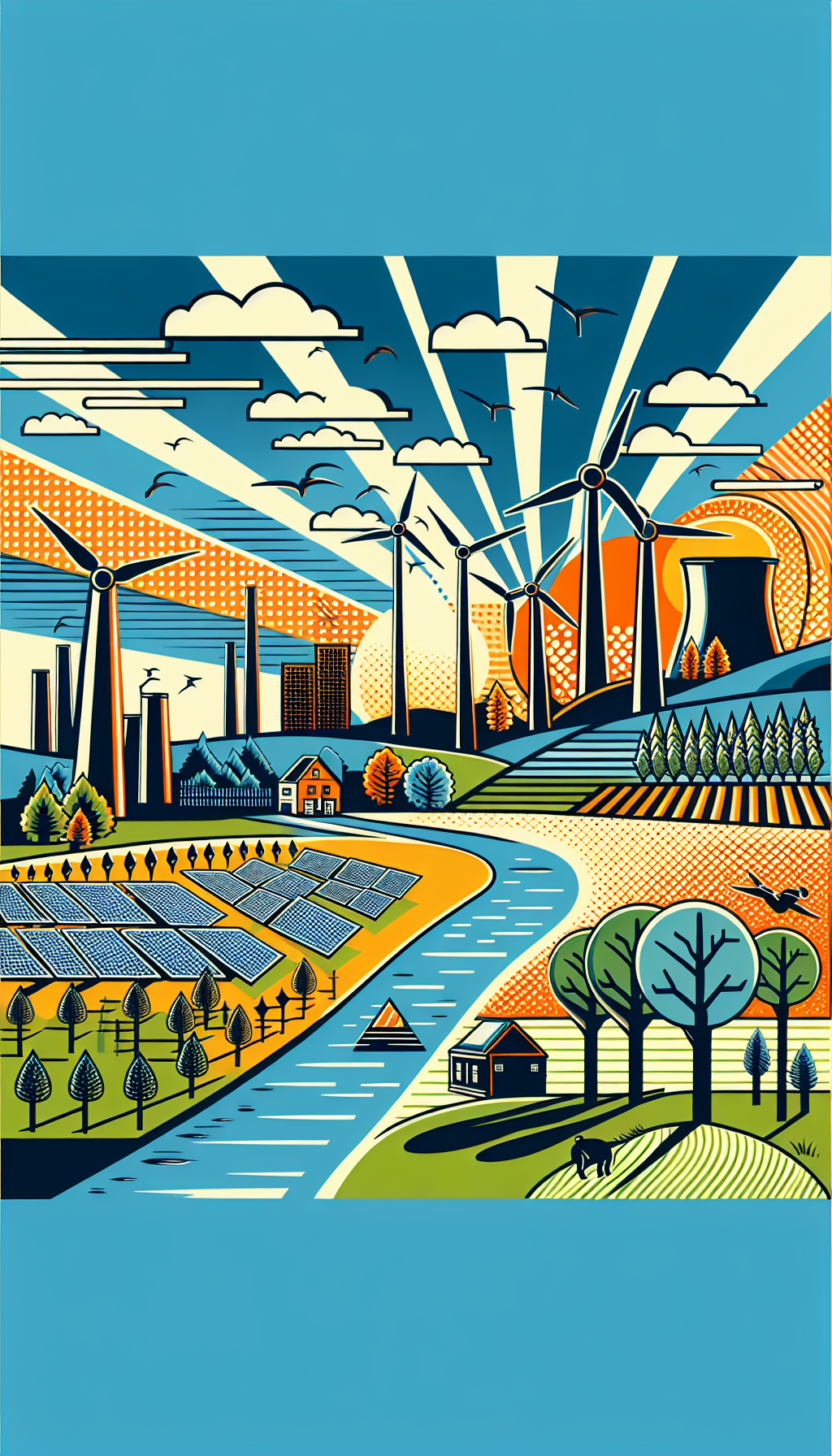As we explore innovative and sustainable solutions to mitigate climate change, one concept that presents significant promise is vertical farming. Vertical farming utilizes indoor farming techniques and controlled-environment agriculture (CEA) technology to grow food in vertically stacked layers.
This revolutionary approach to agriculture could potentially transform our ability to produce food sustainably, reduce carbon footprint, and combat the effects of climate change.

The Climate Change Challenge
Our planet’s increasing population places a strain on the traditional methods of food production. Conventional agriculture requires vast amounts of land, water, and energy, not to mention its contribution to deforestation and habitat destruction.
Agriculture also ranks among the leading causes of greenhouse gas emissions, further exacerbating climate change.
The Promise of Vertical Farming
Vertical farming presents a unique solution to these challenges. It can operate in areas where traditional farming isn’t viable, including urban environments and regions with severe climates. This method of farming requires considerably less water and land, as crops are stacked vertically in a controlled environment.
Using various technologies such as aeroponics, hydroponics, and aquaponics, vertical farms can grow crops year-round, independent of weather conditions. This high control over growing conditions results in higher yields and reduced waste from spoilage or disease.
Vertical farming also reduces the need for lengthy transportation, as food can be grown close to the consumer, thus cutting down on emissions from food transportation. Furthermore, since vertical farms are housed indoors, they aren’t susceptible to the adverse effects of climate change like droughts, floods, or harsh weather.
The Economic Advantage
Vertical farming isn’t only beneficial from an environmental perspective; it holds economic advantages too. The demand for local and organically grown food is on the rise. Vertical farming could meet this demand while reducing dependence on imported goods.
Recent studies show that, while the initial setup cost of a vertical farm might be high, the operational costs are significantly lower than traditional farming. Given the higher yield and the year-round production, the return on investment can be quite attractive for potential investors.
The Future of Vertical Farming
There’s no denying that vertical farming is an exciting field with immense potential. As the technology improves and becomes more accessible, it’s expected that more cities will adopt this innovative farming technique.
Overcoming technical challenges such as energy efficiency and the initial high costs of setup will be crucial to making vertical farming a mainstream solution. However, as research and innovation in this space continue to flourish, vertical farming is poised to play a crucial role in a sustainable, climate-resilient future.
While vertical farming alone won’t solve all our climate challenges, it represents a significant stride towards a more sustainable and resilient food system. By embracing these innovative solutions, we are taking critical steps to ensure our planet can continue to sustain future generations.
As we stand at the intersection of technology and sustainability, vertical farming brings a ray of hope. It’s a testament to human ingenuity and a reminder that, when it comes to climate change, every solution matters, no matter how vertical it may be.